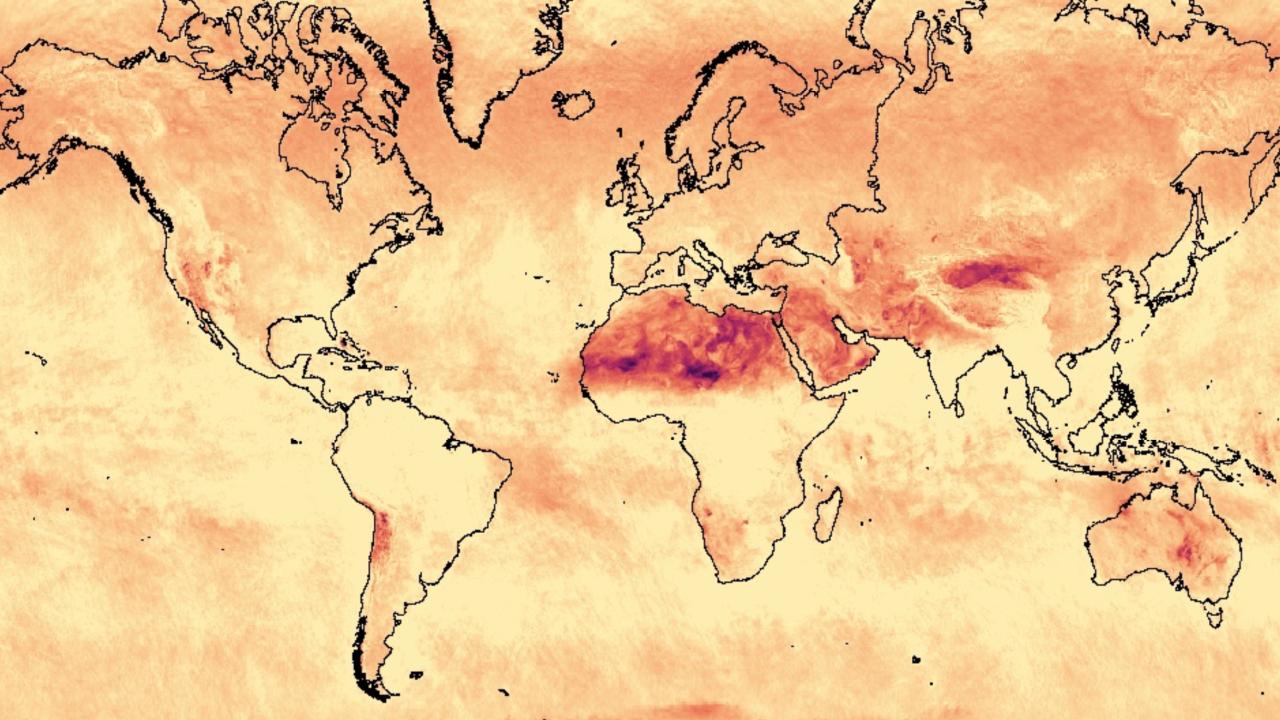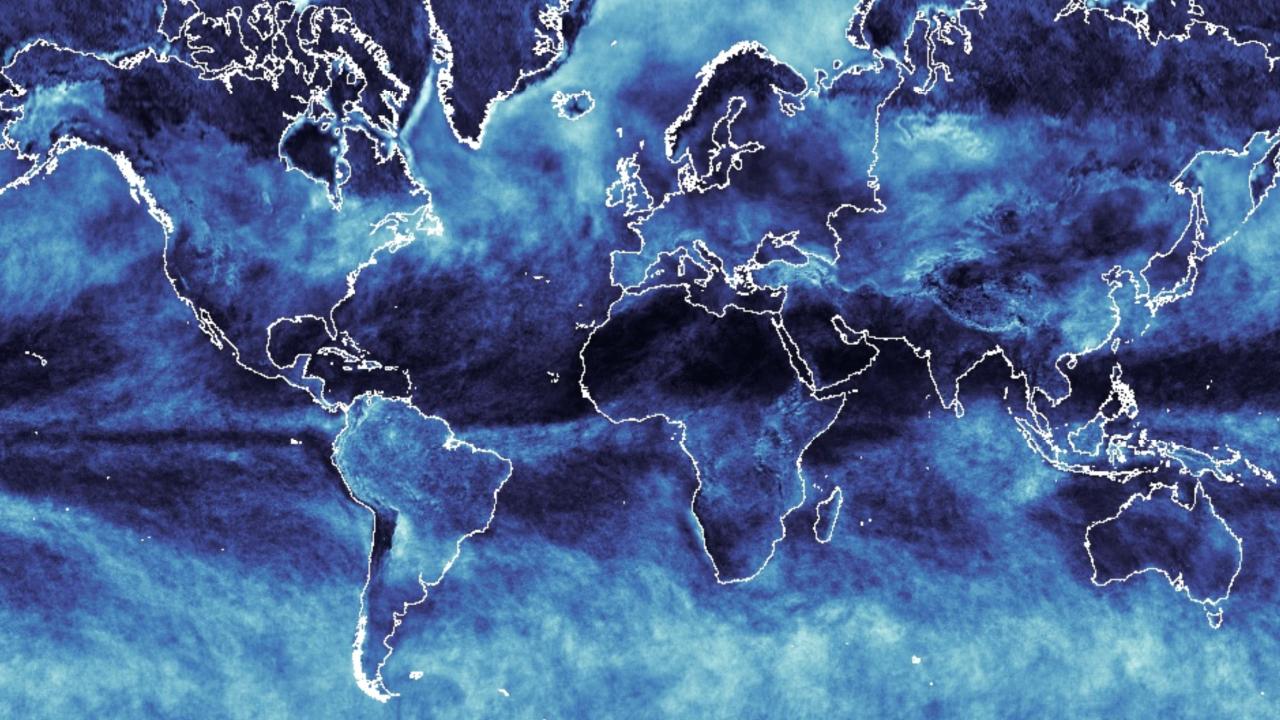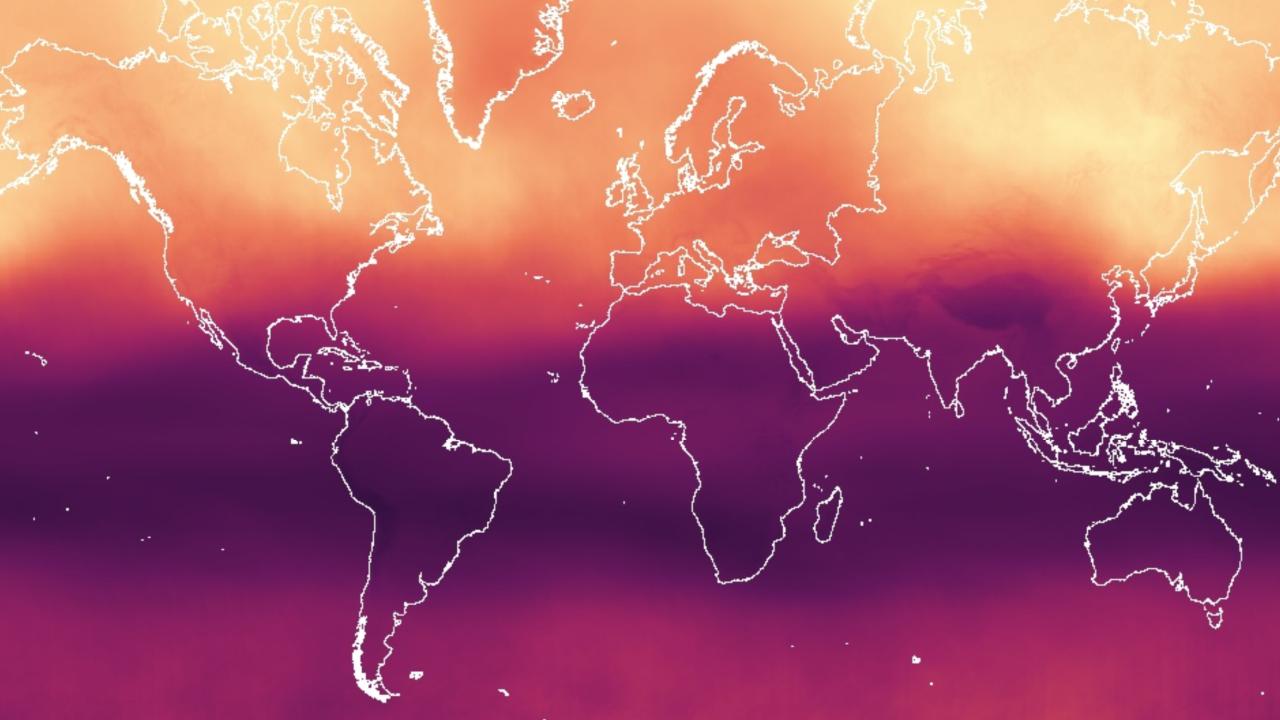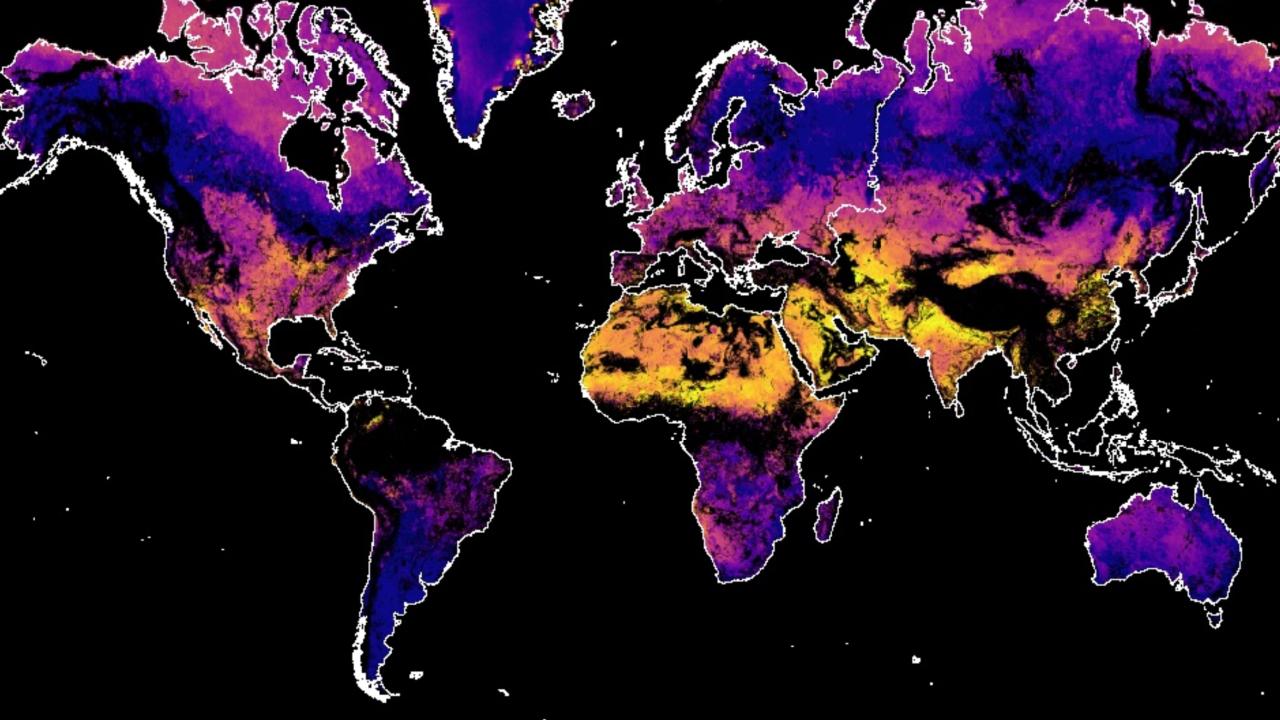Прибор миссии Sentinel-5 Precursor собирает данные, полезные для оценки качества воздуха. Прибор ТРОПОМИ представляет собой мультиспектральный датчик, регистрирующий коэффициент отражения длин волн, важных для измерения атмосферных концентраций озона, метана, формальдегида, аэрозолей, оксида углерода, оксида азота и диоксида серы, а также характеристик облаков с пространственным разрешением 0,01 углового градуса.
УФ-аэрозольный индекс Sentinel-5P
Мера распространенности аэрозолей в атмосфере. Идеально подходит для отслеживания эволюции эпизодических аэрозольных шлейфов от выбросов пыли, вулканического пепла и сжигания биомассы.
Доступность набора данных : 04.07.2018 – настоящее времяСентинел-5П Облако
Характеристики облаков, включая: фракцию, высоту и давление у основания и вершины, оптическую глубину и альбедо поверхности.
Доступность набора данных : 04.07.2018 – настоящее времяСентинел-5П Окись углерода
Концентрации угарного газа (CO) и водяного пара. CO является важным атмосферным газом для нашего понимания химии тропосферы. Основными источниками CO являются сжигание ископаемого топлива, сжигание биомассы и атмосферное окисление метана и других углеводородов.
Доступность набора данных : 28 июня 2018 г. – настоящее время.Сентинел-5П Формальдегид
Концентрация формальдегида. Формальдегид является промежуточным газом почти во всех цепочках окисления неметановых летучих органических соединений (НМЛОС), что в конечном итоге приводит к образованию CO₂. Источники включают растительность, пожары, дорожное движение и промышленность.
Доступность набора данных : 02.10.2018 – настоящее время.Двуокись азота Sentinel-5P
Общая, тропосферная и стратосферная концентрация диоксида азота. Диоксид азота попадает в атмосферу в результате антропогенной деятельности, такой как сжигание ископаемого топлива и биомассы, а также естественных процессов, включая микробиологические процессы в почвах, лесные пожары и молнии.
Доступность набора данных : 28 июня 2018 г. – настоящее время.Сентинел-5П Озон
Общая концентрация озона в столбе атмосферы. Озон защищает биосферу от солнечного ультрафиолета. В тропосфере он действует как эффективное очищающее средство, но в высоких концентрациях становится вредным для здоровья человека, животных и растительности. Озон также является важным парниковым газом, способствующим продолжающемуся изменению климата.
Доступность набора данных : 10 июля 2018 г. – настоящее время.Диоксид серы Sentinel-5P
Концентрация диоксида серы (SO₂) в атмосфере. SO₂ попадает в атмосферу Земли как в результате естественных, так и антропогенных процессов, хотя большая часть имеет антропогенное происхождение. Выбросы SO₂ отрицательно влияют на здоровье человека и качество воздуха, а также влияют на климат посредством радиационного воздействия.
Доступность набора данных : 10 июля 2018 г. – настоящее время.Сентинел-5П Метан
Концентрация метана в атмосфере (CH₄). После углекислого газа (CO₂) он является наиболее важным источником антропогенно усиленного парникового эффекта. Он попадает в атмосферу Земли в результате как естественных, так и антропогенных процессов, хотя большая часть имеет антропогенное происхождение.
Доступность набора данных : 08.02.2019 – настоящее время










